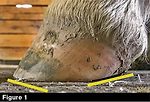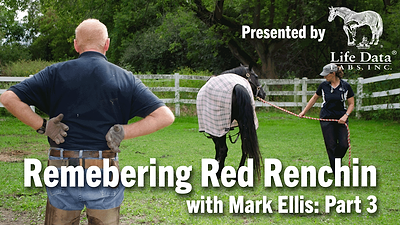Advertise Follow Us
Diseases
Product Focus
Technology Developed for Humans Now Used to Repair Hooves
Copper peptides have been in cosmetic and medical products for years, but now they are also being put to use to heal hooves.
Read More
Research Journal: April 2019
The information, ideas and opinions expressed are those of the author and do not necessarily represent those of the United States Department of Agriculture.
Read More
Thrush, Anti-Fungal Treatments & Insect Control Product Roundup 2019
Check out the latest thrush, anti-fungal treatments and insect control products from some of the industry’s leading suppliers
Read More
Research Journal: March 2019
The information, ideas and opinions expressed are those of the author and do not necessarily represent those of the United States Department of Agriculture.
Read More
Shoeing Principles for Club Feet
For veterinarians and farriers to properly address club feet, early intervention is the key
Read More
News & Notes
Mechanism Triggering Rapid Cancer Growth After Treatment Also Seen in Chronic Hoof Disease
In a recent study, biologists using computer modeling may have discovered the mechanism that allows some cancer cells to grow back rapidly after chemotherapy. This information has hoof researchers paying attention.
Read More
Preventing and Managing the Most Common Form of Laminitis
Strategies are improving to keep horses more comfortable and limit the progression of the deadly disease
Read More








